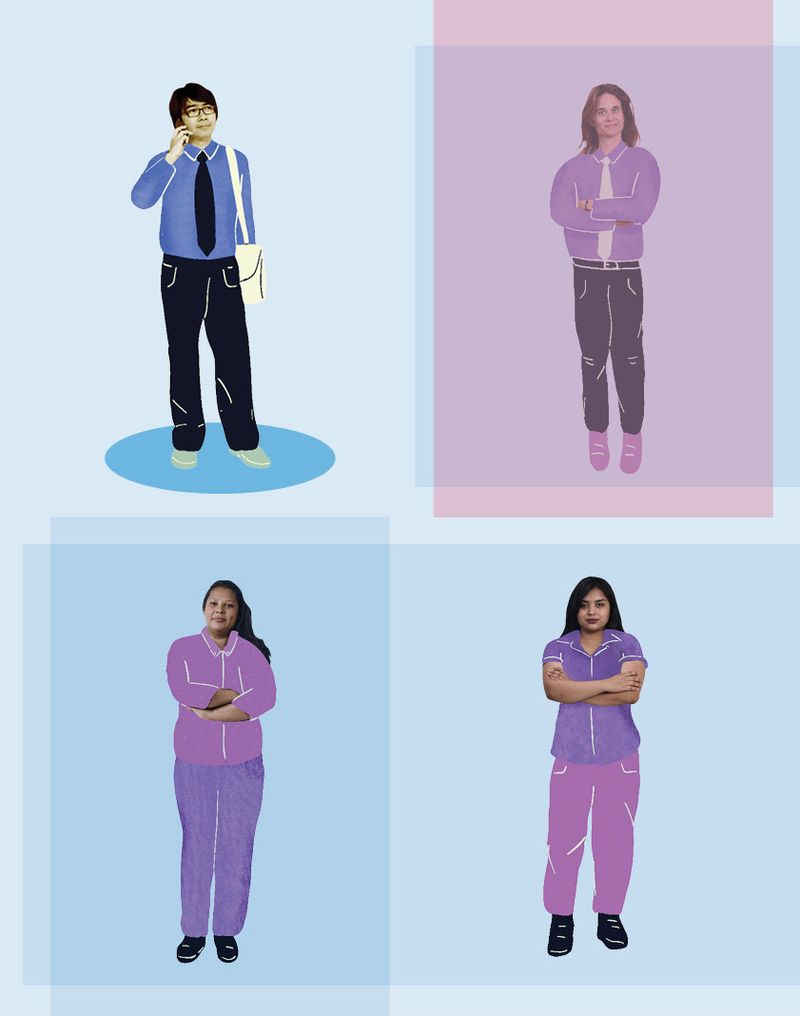By Maren Dale
In the U.S., only 18% of social workers are men. The representation is even lower in allied fields like child and school psychology. But in 1968, men made up 38% of the social work workforce.
What happened? And why have other historically female-led professions, particularly nursing, been able to significantly grow the male share of their workforce in recent decades? Perhaps the better questions are, why is it so important for more men to enter social work, and how must the profession respond so the gender imbalance doesn’t continue to trend downward?
More to the Picture Than Outside Factors
Dr. Bruce Thyer, LCSW, is a distinguished research professor at Florida State University’s College of Social Work. He has gained deep insights into all facets of social work in the nearly 50 years since he earned his MSW and entered the profession, including perspectives on the male experience, both as a social worker and working with male clients.
“One reason why the number of men in the profession began declining is because in the middle of the 1970s, a bachelor’s degree in social work first became available and more women began earning that degree relative to men,” Thyer said.
He also points to factors like lower pay and prestige in comparison with other professions, and the fact that social work traditionally reflects the leadership and labor of women.
Read the full article in the NASW Social Work Advocates magazine




